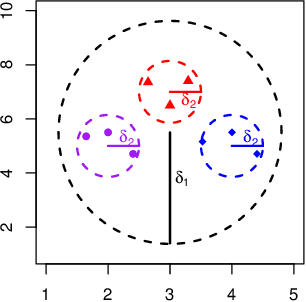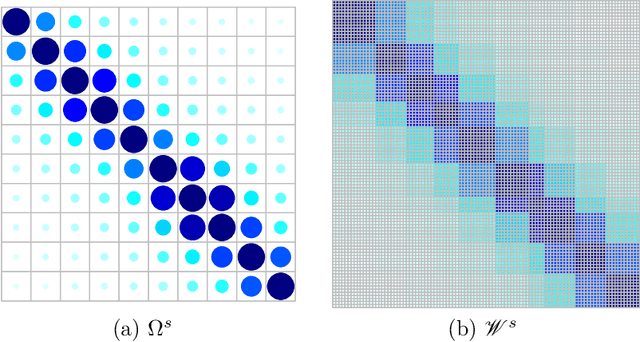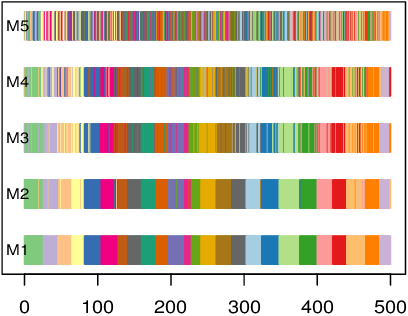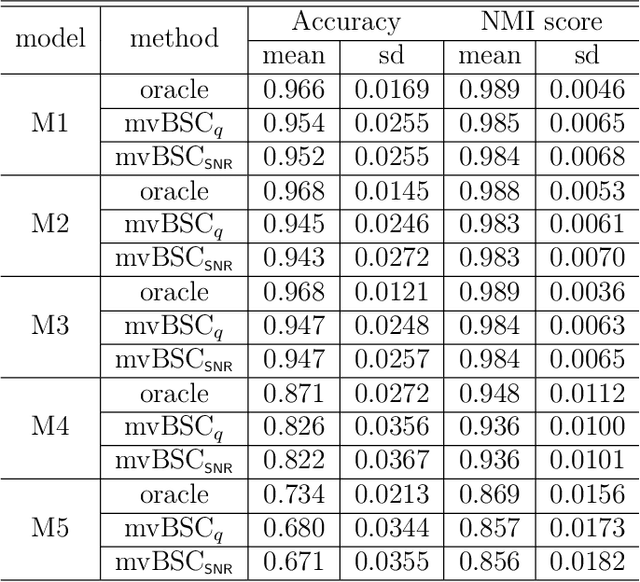Multi-view Banded Spectral Clustering with Application to ICD9 Clustering
Paper and Code
Jun 20, 2018



Despite recent development in methodology, community detection remains a challenging problem. Existing literature largely focuses on the standard setting where a network is learned using an observed adjacency matrix from a single data source. Constructing a shared network from multiple data sources is more challenging due to the heterogeneity across populations. Additionally, no existing method leverages the prior distance knowledge available in many domains to help the discovery of the network structure. To bridge this gap, in this paper we propose a novel spectral clustering method that optimally combines multiple data sources while leveraging the prior distance knowledge. The proposed method combines a banding step guided by the distance knowledge with a subsequent weighting step to maximize consensus across multiple sources. Its statistical performance is thoroughly studied under a multi-view stochastic block model. We also provide a simple yet optimal rule of choosing weights in practice. The efficacy and robustness of the method is fully demonstrated through extensive simulations. Finally, we apply the method to cluster the International classification of diseases, ninth revision (ICD9), codes and yield a very insightful clustering structure by integrating information from a large claim database and two healthcare systems.
 Add to Chrome
Add to Chrome Add to Firefox
Add to Firefox Add to Edge
Add to Edge